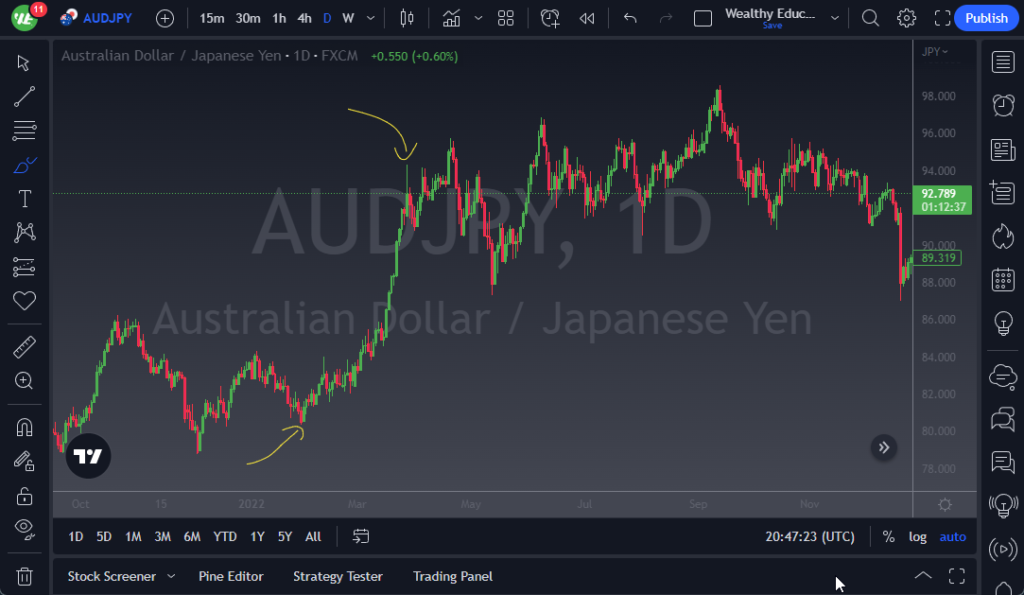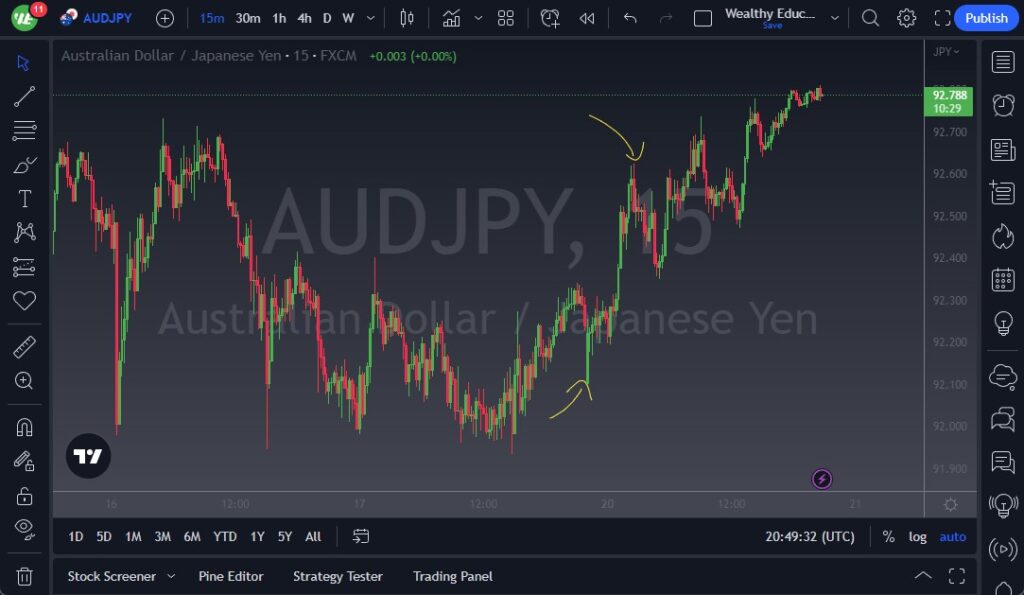When it comes to trading in the financial markets, there are two popular styles: swing trading and day trading. Both styles aim to make a profit, but they differ in their approach, time frames, and risk management. In this article, we will discuss the differences between swing trading and day trading, highlight the superiority of swing trading, and explore why day trading has a high likelihood of failure.
What is Swing Trading?
Swing trading is a trading style that involves holding a position for a few days to several weeks. Swing traders aim to profit from the price fluctuations of a stock or other financial instruments. They typically use technical analysis to identify trends and patterns in the market and enter and exit trades based on these indicators.
One of the advantages of swing trading is that it allows traders to capture larger price moves than day trading. Since swing traders hold positions for a longer period, they can ride the price trend until it reaches its peak or trough. They also have the luxury of not having to monitor the markets constantly, making it a more suitable approach for part-time traders.

What is Day Trading?
Day trading, on the other hand, is a trading style that involves buying and selling financial instruments within the same day. Day traders aim to make quick profits by capitalizing on the small price movements that occur throughout the trading day. They use technical analysis and charting tools to identify potential entry and exit points and often trade high-volume stocks or currency pairs.
One of the main advantages of day trading is that it allows traders to generate a higher number of trades, which can translate into higher profits. Day traders also have the advantage of closing out all their positions at the end of the day, which eliminates the risk of overnight market volatility.

Why Swing Trading is Superior:
Swing trading is often considered superior to day trading for several reasons. First, it offers a more relaxed approach to trading since traders do not have to monitor the markets constantly. This can reduce the stress and pressure that often come with day trading, which can lead to better decision-making and higher profits.
Second, swing trading allows traders to take advantage of larger price moves, which can result in bigger profits. By holding positions for several days or weeks, swing traders can capitalize on trends and ride the price movement until it reaches its peak or trough. This approach is more suited for traders who have a long-term perspective on the market and can make more informed decisions based on market fundamentals.
Third, swing trading allows traders to manage risk more effectively. By holding positions for a longer period, traders can set wider stop-loss orders, which can help them avoid being stopped out prematurely by short-term market volatility. This approach can also help traders avoid emotional decision-making, which can lead to impulsive trades and losses.
Why Day Trading is Likely to Fail:
Despite the advantages of day trading, it is more likely to lead to failure than swing trading. There are several reasons for this. First, day trading requires traders to be highly disciplined and have a strict risk management plan. Since day traders make several trades in a single day, the risk of losing money can add up quickly if they are not careful.
Second, day trading requires a significant amount of time and effort. Day traders have to be constantly monitoring the markets, watching for news events, and analyzing charts. This can be a stressful and time-consuming process, which can lead to burnout and poor decision-making.
Third, day trading often involves high transaction costs. Since day traders make a large number of trades, they incur commission fees and other transaction costs, which can eat into their profits.
Conclusion:
In conclusion, both swing trading and day trading have their advantages and disadvantages. However, swing trading is often considered the superior approach since it offers a more relaxed and informed trading experience, allows traders to take advantage of larger moves, and therefore bigger moves. I know its what works for me. Less stress and more profits!

